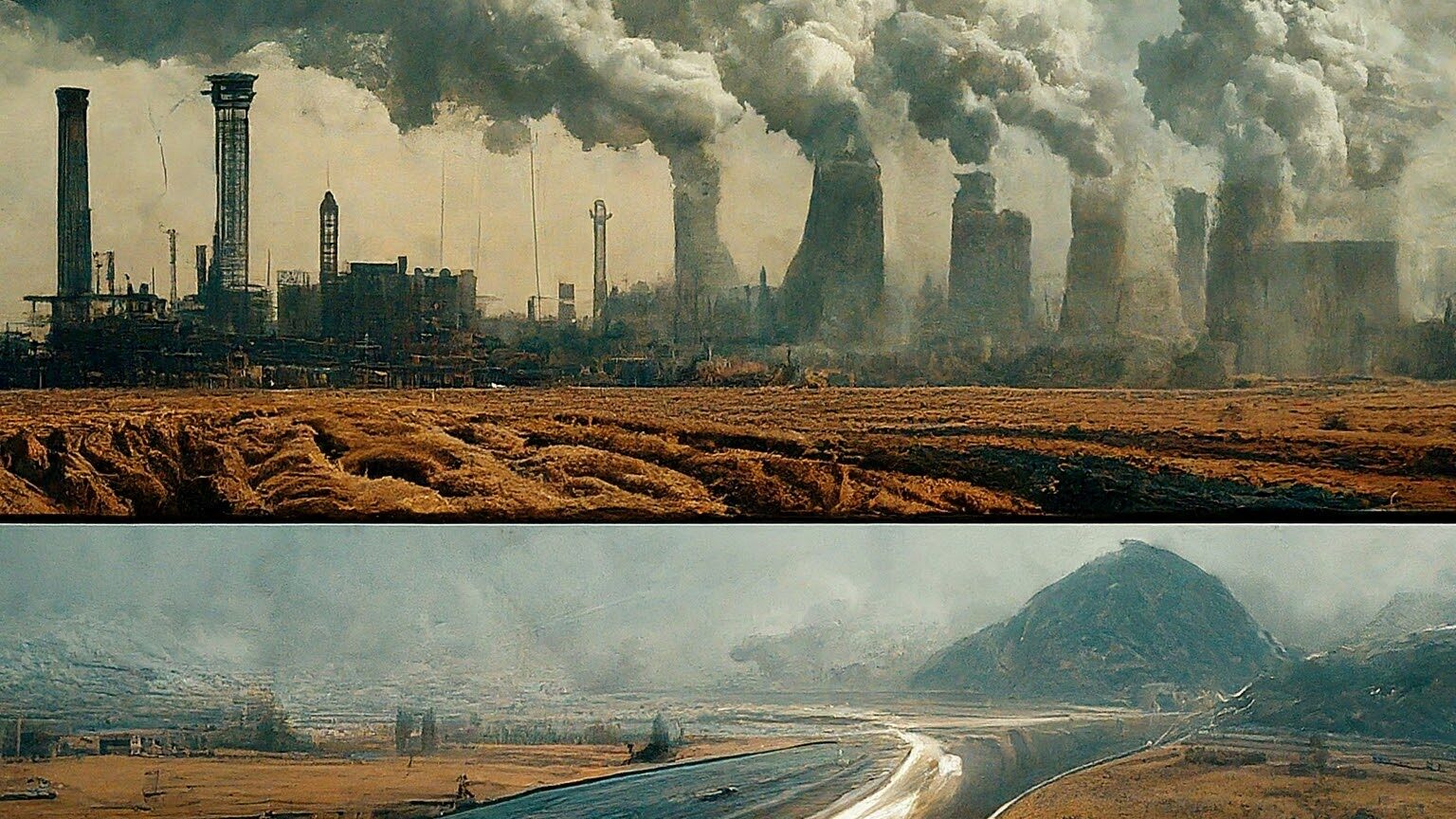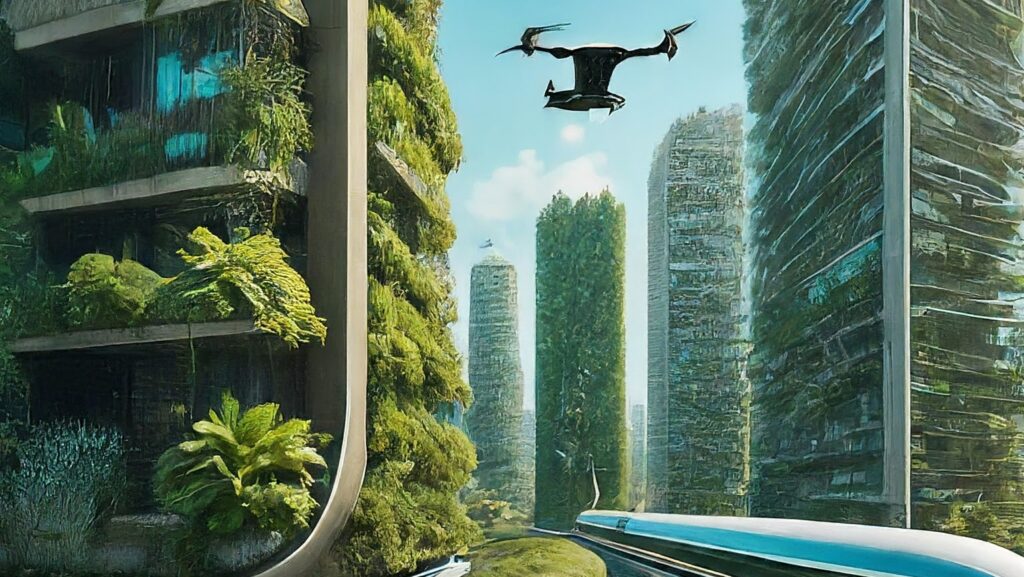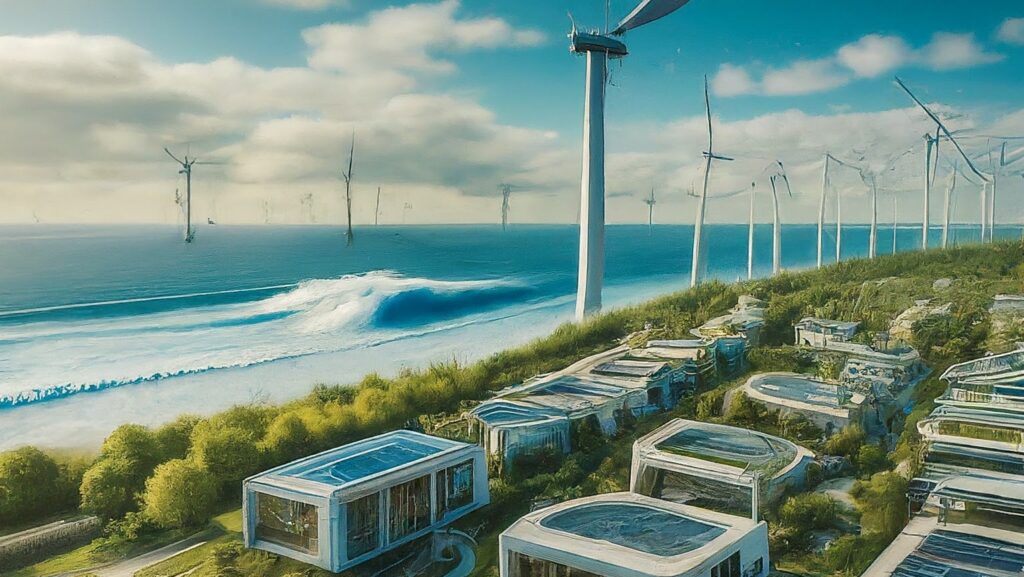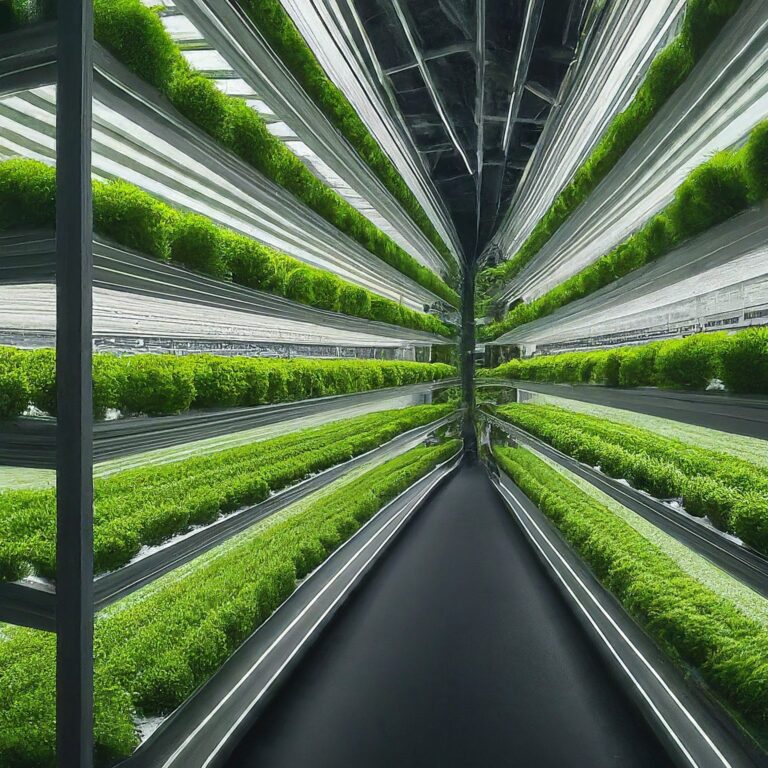The Earth’s temperature is rising at an alarming rate, presenting one of the most pressing challenges of our time. The consequences of this trend are widespread and severe, affecting ecosystems, economies, and communities worldwide. As temperatures climb, the urgency to find sustainable solutions becomes ever more critical. This article explores the causes of rising temperatures, the transformative role of tree plantations, the environmental impact of air conditioning, and ten innovative solutions that could help mitigate this global issue. By the end, you’ll be inspired to take action and share these insights with others.
The Causes of Rising Temperatures

Understanding the root causes of global temperature rise is essential to devising effective solutions. The primary drivers include greenhouse gas emissions, deforestation, and urbanization.
1. Greenhouse Gas Emissions
Greenhouse gases, including carbon dioxide (CO2), methane (CH4), and nitrous oxide (N2O), are the leading contributors to global warming. These gases trap heat in the Earth’s atmosphere, creating the greenhouse effect. Major sources of greenhouse gas emissions include:
- Burning Fossil Fuels: Coal, oil, and natural gas are burned for electricity, heating, and transportation, releasing vast amounts of CO2 into the atmosphere.
- Deforestation: Trees absorb CO2, but when forests are cleared for agriculture or urban development, this carbon storage is lost, and the CO2 is released back into the atmosphere.
- Industrial Processes: Manufacturing and industrial activities produce greenhouse gases through chemical reactions and energy consumption.
- Agriculture: Livestock produce methane during digestion, and fertilizers release nitrous oxide, both potent greenhouse gases.
2. Deforestation
Forests play a crucial role in regulating the Earth’s climate by absorbing CO2 during photosynthesis. However, deforestation for agriculture, logging, and urban expansion reduces the planet’s capacity to absorb CO2, exacerbating global warming. The loss of forests also impacts biodiversity, water cycles, and soil quality, further contributing to climate instability.
3. Urbanization
Urban areas, characterized by dense populations, buildings, and infrastructure, generate and retain more heat than rural areas, a phenomenon known as the urban heat island effect. This effect increases local temperatures, energy consumption, and greenhouse gas emissions. As cities grow, the challenge of managing urban heat becomes increasingly important.
The Role of Tree Plantations

Tree plantations offer a powerful tool for combating climate change and its effects. Planting and maintaining trees can provide several benefits, including carbon sequestration, cooling effects, and biodiversity enhancement.
1. Carbon Sequestration
Trees absorb CO2 from the atmosphere during photosynthesis, storing carbon in their biomass. Large-scale tree plantations can significantly reduce atmospheric CO2 levels, helping to mitigate climate change. For example, the Bonn Challenge, an international effort to restore 150 million hectares of deforested and degraded land by 2020, has already made significant progress in increasing global carbon storage.
2. Cooling Effect
Trees provide shade and release water vapor through transpiration, a process that cools the surrounding air. This natural cooling effect can reduce urban heat islands, lower local temperatures, and decrease the demand for air conditioning. Cities like Singapore have successfully integrated green spaces and urban forestry to mitigate heat and improve living conditions.
3. Biodiversity Enhancement
Tree plantations can restore degraded ecosystems, provide habitats for wildlife, and enhance biodiversity. Diverse ecosystems are more resilient to climate change and provide numerous ecological benefits, such as pollination, water purification, and soil stabilization. Reforestation projects like the Atlantic Forest Restoration Pact in Brazil have demonstrated the potential for large-scale biodiversity recovery.
The Impact of Air Conditioning

While air conditioning (AC) provides comfort and relief from heat, it also has significant environmental impacts. Understanding these impacts is crucial to finding sustainable alternatives.
1. Energy Consumption
AC units consume a substantial amount of electricity, much of which is generated from fossil fuels. This increases greenhouse gas emissions, contributing to global warming. According to the International Energy Agency (IEA), cooling accounts for nearly 10% of global electricity consumption, and this demand is expected to triple by 2050.
2. Heat Emissions
AC units expel heat into the environment, further increasing local temperatures. This creates a feedback loop where higher temperatures lead to more AC use, which in turn raises temperatures even more. Urban areas are particularly affected, exacerbating the urban heat island effect.
3. Chemical Refrigerants
Many AC units use hydrofluorocarbons (HFCs) as refrigerants, which are potent greenhouse gases. Although HFCs are less harmful than their predecessors (chlorofluorocarbons or CFCs), they still contribute significantly to global warming. Efforts to phase out HFCs, such as the Kigali Amendment to the Montreal Protocol, are underway but require global cooperation and innovation.
Innovative Solutions Governments Might Not Be Considering

Addressing rising temperatures requires a multifaceted approach that goes beyond traditional strategies. Here are ten innovative solutions that could make a significant difference:
1. Urban Green Spaces
Integrating green spaces into urban planning can help reduce heat islands, improve air quality, and provide recreational areas. Rooftop gardens, vertical forests, and green corridors are effective ways to incorporate greenery in cities. Milan’s Bosco Verticale (Vertical Forest) is a prime example of how urban greenery can enhance environmental and aesthetic value.
2. Cool Roofs and Pavements
Using reflective materials for roofs and pavements can reduce the amount of heat absorbed by buildings and streets. Cool roofs and pavements can lower indoor temperatures and reduce the need for air conditioning. Programs like New York City’s CoolRoofs initiative have demonstrated the potential for energy savings and improved comfort.
3. Smart Grids
Implementing smart grids can enhance energy efficiency and integrate renewable energy sources more effectively. Smart grids can also optimize energy distribution and reduce peak load demand, minimizing the environmental impact of electricity generation. Countries like Denmark are leading the way in smart grid technology, providing a model for others to follow.
4. Energy-Efficient Buildings
Encouraging the construction of energy-efficient buildings can significantly reduce energy consumption. Passive cooling designs, better insulation, and energy-efficient appliances can lower the need for air conditioning and heating. The Passive House standard is an example of a building design approach that significantly reduces energy use.
5. Renewable Energy Incentives
Providing incentives for renewable energy installations, such as solar panels and wind turbines, can reduce reliance on fossil fuels. Governments can offer tax breaks, subsidies, and grants to promote renewable energy adoption. Germany’s Energiewende (Energy Transition) policy has successfully increased renewable energy production and reduced carbon emissions.
6. Sustainable Transportation
Investing in public transportation, cycling infrastructure, and electric vehicles can reduce greenhouse gas emissions from the transportation sector. Car-sharing programs and telecommuting options can also decrease the number of vehicles on the road. Cities like Copenhagen have prioritized cycling and public transport, resulting in reduced emissions and improved quality of life.
7. Carbon Pricing
Implementing carbon pricing mechanisms, such as carbon taxes or cap-and-trade systems, can incentivize businesses and individuals to reduce their carbon footprints. Revenues from carbon pricing can be used to fund renewable energy projects and climate adaptation measures. Canada’s carbon pricing policy is an example of how such mechanisms can drive emissions reductions.
8. Reforestation and Afforestation
Governments can support large-scale reforestation and afforestation projects to restore forests and increase carbon sequestration. These projects can be coupled with community engagement and economic incentives for local populations. Ethiopia’s Green Legacy Initiative, which aims to plant billions of trees, is a remarkable effort to combat climate change and restore degraded lands.
9. Climate-Resilient Agriculture
Promoting climate-resilient agricultural practices can enhance food security and reduce the environmental impact of farming. Techniques such as agroforestry, conservation tillage, and crop diversification can improve soil health and carbon storage. The System of Rice Intensification (SRI) is an example of an agricultural method that increases yield while reducing water and chemical inputs.
10. Education and Awareness Campaigns
Raising public awareness about climate change and encouraging sustainable behaviors can drive societal change. Educational programs, media campaigns, and community initiatives can empower individuals to take action against global warming. The Climate Reality Project, founded by former U.S. Vice President Al Gore, focuses on educating and mobilizing people worldwide to advocate for climate solutions.
Technological Innovations to Combat Rising Temperatures

In addition to the solutions outlined above, technological innovations offer promising avenues for addressing rising temperatures and mitigating climate change. These advancements can enhance our ability to monitor, understand, and respond to environmental challenges.
1. Carbon Capture and Storage (CCS)
CCS technology captures CO2 emissions from industrial processes and power plants, preventing them from entering the atmosphere. The captured CO2 can be stored underground or utilized in various industrial applications. Projects like Norway’s Sleipner CO2 Storage Facility demonstrate the feasibility of large-scale CCS.
2. Renewable Energy Technologies
Advancements in renewable energy technologies, such as solar, wind, and hydroelectric power, are crucial for reducing reliance on fossil fuels. Innovations in energy storage, such as batteries and hydrogen fuel cells, can enhance the reliability and efficiency of renewable energy systems. Companies like Tesla are leading the way in developing cutting-edge energy storage solutions.
3. Smart Cities
Smart city technologies utilize data and connectivity to optimize urban infrastructure and services. This includes smart grids, energy-efficient buildings, and intelligent transportation systems. Cities like Singapore are pioneering smart city initiatives to improve sustainability and quality of life for residents.
4. Climate Modeling and Data Analytics
Advances in climate modeling and data analytics enable more accurate predictions of climate patterns and impacts. High-performance computing and machine learning algorithms can analyze vast amounts of climate data, helping policymakers make informed decisions. Organizations like the Intergovernmental Panel on Climate Change (IPCC) rely on advanced modeling techniques to assess global climate trends.
5. Green Building Materials
The development of sustainable building materials, such as cross-laminated timber (CLT) and recycled concrete, can reduce the carbon footprint of construction projects. These materials offer durability, energy efficiency, and lower environmental impact compared to traditional building materials. The Bullitt Center in Seattle is an example of a sustainable building that incorporates green materials and energy-efficient design.
The Role of Individuals and Communities

While government policies and technological innovations are essential, individual and community actions also play a critical role in addressing rising temperatures. Personal choices and grassroots initiatives can collectively make a significant impact.
1. Sustainable Living Practices
Adopting sustainable living practices, such as reducing energy consumption, minimizing waste, and choosing eco-friendly products, can lower your carbon footprint. Simple actions, like using public transportation, eating a plant-based diet, and conserving water, contribute to a healthier planet.
2. Community Engagement
Communities can organize local initiatives to promote sustainability and environmental stewardship. This includes tree planting campaigns, community gardens, and educational workshops. Grassroots organizations like the Transition Network empower communities to build resilience and reduce their environmental impact.
3. Advocacy and Activism
Advocating for climate policies and participating in environmental activism can influence decision-makers and raise public awareness. Supporting organizations that work on climate issues and participating in events like climate marches can amplify your voice. Youth-led movements like Fridays for Future, founded by Greta Thunberg, demonstrate the power of collective action.
Conclusion
Rising temperatures pose a significant threat to our planet, but there are numerous strategies that can help mitigate the impact. Tree plantations, energy-efficient technologies, innovative urban planning, and technological advancements are crucial components of a comprehensive approach to combating climate change. By exploring and implementing these lesser-known solutions, governments, communities, and individuals can make significant strides in protecting the environment and ensuring a sustainable future for generations to come.
The urgency to address global warming cannot be overstated. Each of us has a role to play, whether through personal actions, community initiatives, or advocacy for policy change. By staying informed, spreading awareness, and taking action, we can collectively make a difference.
As you reflect on these insights, consider how you can contribute to the fight against rising temperatures. Whether it’s planting a tree, supporting renewable energy, or advocating for climate policies, every effort counts. Share this article with your network to inspire others and spark meaningful conversations about our planet’s future.
Together, we can rise to the challenge and create a sustainable world for all. Let’s make a commitment to act now and protect our planet for future generations.
Call to Action
If you found this article informative and inspiring, take a moment to share it with your friends, family, and colleagues. Let’s spread the message and encourage others to join the fight against rising temperatures. Every share, comment, and like can help raise awareness and drive action.
Join the conversation on social media using the hashtags #FuturisticGeeks, #ClimateAction, #Sustainability, #GreenLiving, and #FutureOfOurPlanet. Together, we can make a difference.
Additional Resources
For those interested in learning more and taking action, here are some valuable resources:
- The Climate Reality Project
- World Resources Institute
- United Nations Environment Programme
- Intergovernmental Panel on Climate Change (IPCC)
- Environmental Defense Fund
Stay informed, stay engaged, and let’s work together to create a sustainable future for all.












